AutomationDirect.com specializes in providing a wide range of electric motors to meet our customers' diverse needs. Our commitment to excellence drives us to offer top-quality products that deliver superior performance and reliability. With our extensive selection of electric motors, ranging from AC motors to DC motors and everything in between, we empower industries to optimize their operations...

Since our inception in 1932, Carter Motor manufactures AC universal motors, small motors, DC universal motors, DC permanent magnet motors, DC shunt wound motors and gearmotors, and many others. All of our products are designed and assembled here in the USA. Our team is here to help you determine the best motor to fit your application and to ensure the process is efficient and stress-free. We are...
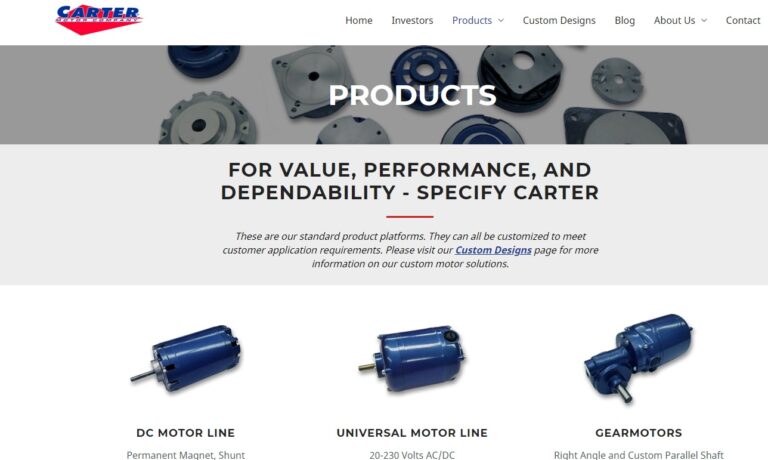
The products of Composite Motors, Inc. all undergo the same AS9100 certified design, manufacture and testing protocol. These products include Brushless DC motors, motor drivers, Lithium Ion batteries and Battery Management Systems, gear motors and linear actuators. All products are made in the USA from raw materials. Visit our website to learn more and to view our newest products.

We manufacture motors, motion control and rotating products for OEMs. The electric motors obtainable through us include AC motors, AC/DC motors, brushless DC motors, stepper motors.

At Electric Motor solutions, our goal is to provide the best motors and equipment to meet the needs of your application. Products include linear actuators, electric motors, speed reducers, custom motors, vacuum cleaner motors, AC motors, and more.
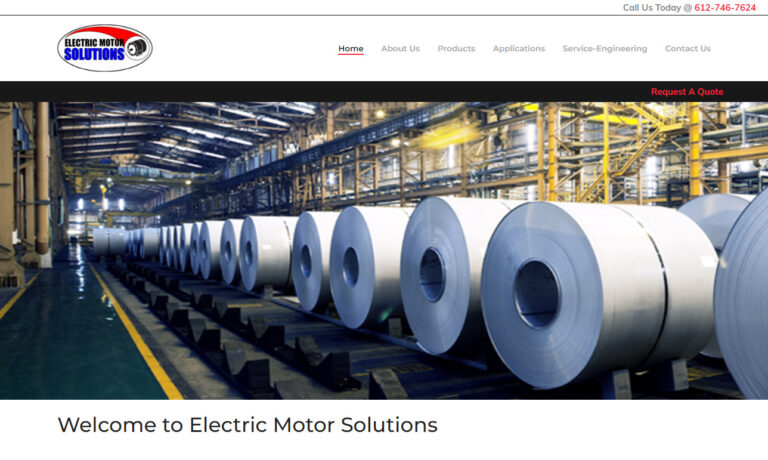
maxon manufactures small, high-quality, precision DC brush and brushless motors used in medical, semiconductor, test and measurement, robotics, and manufacturing applications, among others. These advanced motors range in size from 4 to 90 mm and are available up to 500 watts. maxon also offers an extensive selection of gearheads, encoders, tachometers, and control electronics to complement its...

Quickly rising as the world’s leading motor specialized company, SPG Motor pioneers the electric motor market in innovation & advanced quality assurance. Our AC motors, DC motors & gearheads are ISO 9001 certified for automation equipment & appliances made by top companies like Whirlpool, Maytag & GE.
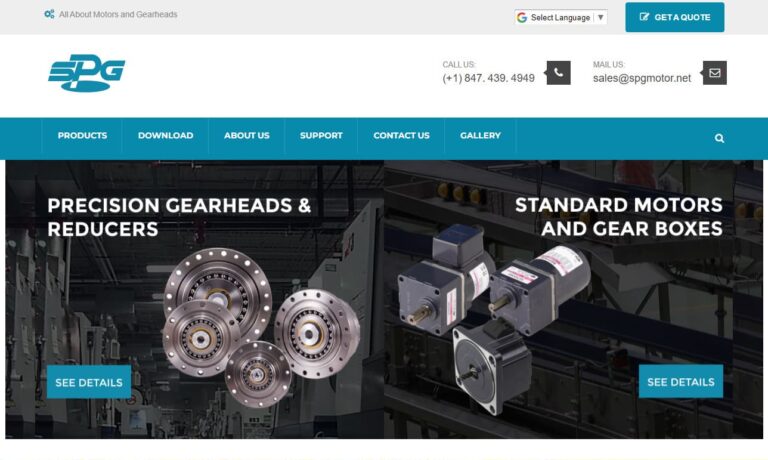
More Electric Motor Manufacturers
Electric motors transform electrical energy into mechanical energy that we can use. They do this by converting the energy generated from the interaction of an electric current and a magnetic field into mechanical force. This electrical energy can come from alternating current (AC) or direct current (DC) sources, whether from a power grid or a battery.
Electric Motor Applications
AC and DC electric motors share a common purpose: driving machinery. This machinery ranges widely, from massive semi-trucks to tiny electric toothbrushes.
Electric motors energize a vast array of products across numerous industries. They play crucial roles in electronics, construction, home and office equipment, appliances (like mixer motors and refrigerator motors), automotive manufacturing, transportation, and industrial manufacturing. The largest electric motors are employed in high-demand applications such as pipeline compression, ship propulsion, and pumped-storage, while the smallest ones are compact enough to fit within electric watches.
Electric motors find use in a wide range of devices, including electric vehicles, household appliances, power tools, fans, and hybrid cars. Their operation hinges on the interplay between magnetic and electric fields. These motors fall into two main types: AC motors, which operate on alternating current, and DC motors, which rely on direct current.
History of Electric Motors
Electric motors began their journey in the 1740s with the invention of the first electrostatic device by Scottish monk Andrew Gordon. About 60 years later, in 1820, French physicist André-Marie Ampère uncovered the way to generate mechanical force through interactions between two current-carrying wires. This principle, documented by Ampère, became known as Ampère’s Force Law. His name also gave rise to the SI base unit for measuring electric current: the ampere, often shortened to amp.
The year following Ampère’s discovery of Ampère’s Force Law, British scientist Michael Faraday conducted experiments that validated this principle. Faraday first submerged a wire in mercury and affixed a permanent magnet to it. When he passed an electric current through the wire, it caused the wire to rotate around the magnet. This demonstrated that the current generated a circular magnetic field around the wire. In 1822, Peter Barlow performed a similar yet refined experiment. He submerged the tips of a star-shaped wheel, known as the Barlow wheel, in mercury while it was spinning. His results confirmed Faraday’s findings.
Experiments like these laid the groundwork for key principles such as electromagnetic induction, providing future scientists and engineers with crucial starting points. For instance, in 1827, Hungarian priest and scientist Ányos Jedlik created the first recognizable electric motor, featuring a rotor, stator, and commutator. He later developed a model vehicle powered by this electric motor. By 1832, British scientist William Sturgeon had built the first DC electric motor, followed in 1834 by American blacksmith Thomas Davenport, who invented a battery-powered electric motor capable of powering small model cars on tracks. Davenport and his wife Emily patented the first commercially usable electric motor in 1837. In 1840, Davenport demonstrated the motor’s versatility by using it to power machine tools and a printing press, marking the debut of an electric-powered newspaper. Despite the brilliance of his inventions, Davenport faced bankruptcy due to the economic limitations of batteries at the time.
Around the same period, German physicist and engineer Moritz von Jacobi developed a rotating electric motor that powered a small boat across a river. In 1871, Belgian electrical engineer Zénobe Gramme introduced the first commercially successful DC motor. Then, in 1887, Nikola Tesla created the AC motor, which operates on alternating current and eliminates the need for a commutator. Around 1886, American inventor Frank J. Sprague developed the first non-sparking DC motor capable of maintaining a constant speed regardless of the load. Between 1887 and 1888, Sprague also introduced electric trolleys, which first appeared in Richmond, Virginia. By 1892, he had invented the electric elevator and designed Chicago’s L system, formally known as the South Side Elevated Railroad.
Throughout the 20th century, electric motors transformed our world. They eased labor across factories and households alike, enhanced machine efficiency, elevated living standards, enabled the creation of superior products, and broadened travel possibilities. Today, electric motors are seamlessly woven into the fabric of our daily lives.
Electric Motor Design
When selecting or designing custom motor products for us, electric motor manufacturers take into account various aspects of our application. They consider the desired speed of our engine, its usage frequency, the operating environment, and load details such as weight and placement. Based on these factors, they’ll determine whether AC or DC power is suitable, the required horsepower or wattage, RPM (rotations per minute), speed variability versus a fixed rotation speed, and current ratings. Additionally, manufacturers can customize electric motor products by adjusting the number of rotors, stator magnetic poles, and sizes. To get a tailored solution, we should discuss our application specifics with potential suppliers.
Electric Motor Features
Components
Electric motors typically include a rotor, stator, windings, an air gap, and a commutator.
Rotor
In this scenario, the rotor is a dynamic component that generates mechanical power by rotating the shaft. This rotation is typically achieved through built-in conductors within the rotor that interact with the magnetic field created by the stator. Alternatively, the rotor might contain magnets, with the stator housing the conductors.
Stator
In contrast to the rotor, the stator remains stationary. It serves as the fixed part of the motor’s electromagnetic circuit, typically comprising a core and either permanent magnets or windings. This core is constructed from numerous thin metal sheets, known as laminations, designed to minimize energy losses.
Windings
Windings are coiled wires that, when wrapped around a core and energized with current, create magnetic poles.
Air Gap
The air gap is the space between the rotor and stator. It plays a significant role in the motor’s low power factor by adjusting the magnetizing current. Since a larger air gap can severely impact the motor’s efficiency, potentially causing mechanical issues, losses, and noise, it’s crucial to keep the air gap as small as possible.
Commutator
At last, the commutator serves the crucial role of periodically reversing the direction of current between the external circuit and the rotor. It’s an integral component in most DC and universal motors. This device consists of a cylindrical structure with multiple metal segments, or slip rings, that rotate on an armature. As these segments turn, they are maintained in contact with two or more electrical brushes, which press against them. This setup enables the current to flow through the segments and reach the rotor.
Configurations
Electric motors come in various configurations, such as salient pole, non-salient pole, and shaded pole types. Each of these designs has unique features and specific applications.
Salient Pole
In the salient pole design, the rotor sports protruding poles, leading to a larger air gap between the rotor and the stator. This setup is often employed in synchronous motors, where a direct current flows through the rotor winding, generating a magnetic field that synchronizes with the stator’s rotating field. Salient pole motors are known for their high torque and are ideal for applications needing variable speeds and precise control, like industrial drives and generators. However, this design can be more complex to produce and might exhibit lower efficiency due to the increased losses associated with the larger air gap.
Non-Salient Pole
In contrast, the non-salient pole configuration features a smooth rotor surface with poles evenly spaced around its circumference. This design is typical of induction motors, where alternating current in the stator generates a current in the rotor, creating a magnetic field that aligns with the stator’s rotating field. Non-salient pole motors are easier to manufacture and maintain, making them cost-effective and reliable. They are commonly used in various industrial and commercial applications, including pumps, fans, and compressors. While they offer good efficiency and durability, they may not provide the same level of precise control as salient pole motors, which can limit their use in applications requiring exact speed regulation.
Shaded Pole
In a third-pole configuration, shaded pole motors are a kind of single-phase induction motor featuring extra copper or aluminum shading coils on one side of each pole. When the motor is powered, these coils generate a delayed magnetic field, causing an uneven magnetic flux distribution. This imbalance creates a rotating magnetic field that initiates the rotor’s rotation. Shaded pole motors are widely used in small appliances such as fans, blowers, and refrigerators because of their straightforward design, affordability, and dependable operation. Nonetheless, their efficiency is relatively low, and they offer minimal starting torque, which limits their use in heavy-duty tasks.
To sum up, every electric motor configuration presents distinct benefits and limitations. Salient pole motors provide strong torque and exact control but can be less efficient. Non-salient pole motors are budget-friendly, dependable, and widely adopted, though they might lack sophisticated control features. Shaded pole motors are straightforward and affordable, yet they offer lower efficiency and reduced starting torque. Choosing the right motor configuration involves considering the specific needs of the application and weighing factors like performance, efficiency, and cost.
Electric Motor Types
Types by Current Source
AC motors run on alternating currents that flow through coils, generating a rotating magnetic field. This magnetic field produces torque on the output shaft. Unlike DC motors, AC motors don’t need a commutator. Typical sources of AC power include inverters, generators, and power grids.
DC motors derive their power from direct currents. The voltage from these currents drives the rotation of the armature winding, while a stationary armature field frame winding serves as a permanent magnet. Users can control the speed of DC motors by modifying the current in the field frame or by altering the applied voltage. Typically, DC currents come from sources such as rectifiers, electric vehicles, and batteries.
Universal motors are capable of running on both alternating current (AC) and direct current (DC).
Types by Internal Construction
Brushed motors, also known as commutated electric motors, are one of the two primary types of electric motors based on their internal design. These motors, which typically operate on direct current, derive their name from the commutator that features multiple brushes. These brushes are crafted from a soft conductive material, usually carbon, and occasionally mixed with copper powder to enhance conductivity. The five main types of brushed motors include separately-excited motors, DC series wound motors, permanent magnet DC motors, DC compound motors, and DC shunt wound motors.
Brushless motors are significantly more efficient than their brushed counterparts and are quickly becoming the preferred choice. Unlike brushed motors, which rely on physical brushes for current transfer, brushless motors use Hall effect sensors. These sensors, combined with a 3-phase coil, a permanent magnet external rotor, and drive electronics, form the core components of brushless motors. The 3-phase coil is a key element, defining a particular motor classification based on its method of motion.
Gear motors use gear heads to adjust speed.
Electric hub motors are integrated into the wheel’s hub, directly powering the wheel.
Types by Means of Motion
The most frequently encountered types of motor motions are 3-phase motors, single-phase motors, linear motors, stepper motors, and 12V motors.
Three-phase electric motors are known for their straightforward design and high efficiency. Typically, these are induction motors that operate with three alternating currents, efficiently distributing mechanical energy.
Single-phase motors are a type of induction motor that operates using a single-phase power source, typically alternating current.
Linear motors, on the other hand, generate mechanical energy in a straight line, delivering motion across a single plane.
Stepper motors resemble 3-phase synchronous motors in many ways, but the key difference is their operation: while 3-phase synchronous motors rotate smoothly and continuously, stepper motors need to start and stop repeatedly to move. This unique characteristic makes stepper motors popular in 3D printers and robots.
On the other hand, 12V motors use a standard twelve volts of electrical power to produce motion.
Types by Energy Conversion Method
Finally, electric motors transform energy in various ways. They can be categorized into synchronous motors, induction motors, electrostatic motors, and servo motors.
Synchronous motors are a type of AC motor that convert electrical voltage into mechanical energy. They use a current flowing through the motor and a rotor that rotates in sync with the current. This coordination produces a rotating magnetic field. One of the key advantages of synchronous motors is their ability to maintain a constant speed even as the torque changes.
Induction motors, also known as asynchronous motors, operate on the principle of electromagnetic induction. Essentially, they generate voltage when an electrical conductor moves through a magnetic field. These motors are also more cost-effective compared to synchronous motors.
Electrostatic motors work by harnessing the attraction and repulsion of an electric charge. They usually use a lot of power, but they are available as smaller models that use lower voltages. For example, small electrostatic motors are common components of micro-mechanical systems (MEMS).
Servo motors operate through servomechanisms (servos) that detect and correct errors automatically. Equipped with integrated microcontrollers, they enable users to command them to move precise degrees on demand. These motors are notably compact and widely used in robotic actuators, remote-control vehicles, and hobby aircraft.
Accessories
Accessories for electric motors are vital for boosting motor performance, safety, and functionality. Phase converters transform power between single-phase and three-phase systems, allowing three-phase motors to run on single-phase power and vice versa. Bearings are essential for supporting the motor’s shaft, minimizing friction, and ensuring smooth rotation. Fan covers shield the motor’s cooling fan from debris and foreign objects that could cause damage. Motor kits and mounting kits offer the necessary components and hardware for installation and assembly, guaranteeing a secure and proper fit.
Rain shields protect the motor from water and environmental elements, guarding against moisture and corrosion, especially in outdoor settings. Brake kits enhance the motor’s braking capabilities, enabling it to stop quickly or stay in place when turned off. Remote controls provide easy operation from afar, ideal for situations where direct access to the motor is difficult. Speed and voltage controllers manage the motor’s speed and voltage, offering precise control over its performance, speed, and torque.
Conduit boxes safeguard and organize electrical connections, shielding them from environmental factors to maintain a safe and tidy wiring setup. The necessity of these accessories hinges on the specific application and environmental conditions. For example, in a wet or dusty environment, a rain shield is crucial to protect the electric motor from moisture and debris. During installation, motor kits and mounting kits ensure a secure and proper setup. Brake kits are essential in scenarios where precise motor control and stopping are critical, such as with heavy machinery. Remote controls and speed/voltage controllers are valuable for adjusting motor parameters from afar or managing variable speeds. In essence, choosing the right accessories for electric motors requires evaluating the application’s demands, environmental factors, and the desired control and safety levels.
Electric Motor Standards
In the United States, several organizations set and uphold standards for electric motors, with the National Electrical Manufacturers Association (NEMA) being a key player in this effort. Their standards are crafted to ensure that electric motors are safe, high-performing, and efficient. These guidelines cover everything from motor design and materials to testing procedures and energy efficiency levels.
Their aim with these standards is to ensure uniformity, reliability, and interoperability within the electric motor industry. By following these guidelines, manufacturers will produce motors that adhere to consistent quality standards, while consumers can anticipate dependable and safe products. Various standards cover specific aspects: for instance, NEMA MG 1 outlines general motor specifications, NEMA MG 10 addresses energy efficiency, and NEMA MG 11 provides guidelines on motor application, installation, and maintenance.
The advantages of these standards are numerous. To begin with, they guarantee the safety of electrical systems and shield users from risks linked to poor or faulty motor designs. Standardized testing methods enable precise performance comparisons among various motor models, helping consumers make well-informed choices. Furthermore, these standards promote energy efficiency, resulting in decreased energy use and lower operating costs for users. Additionally, adhering to these standards supports international trade, as meeting recognized standards is frequently essential for entering many global markets.
Failing to adhere to these standards can have serious repercussions. Electric motors that don’t meet compliance can be dangerous, potentially causing electrical fires, malfunctioning, or even injuring users. Inefficient motors may lead to higher energy use and elevated utility bills for consumers. Additionally, not following industry standards can tarnish a manufacturer’s reputation and credibility, possibly resulting in legal troubles and a loss of market trust. Therefore, sticking to established standards is essential for manufacturers, consumers, and the industry, ensuring a safer, more efficient, and reliable electric motor market.
Common Causes of Electric Motor Failure & How to Protect Against it
Causes
When too much current flows through the engine windings, it results in an electrical overload. This can happen due to a low power supply, which makes the motor draw more torque. Alternatively, short circuits or an excessive voltage supply can also lead to this issue.
Overheating typically results from poor power quality or operating conditions with elevated temperatures. Around 55% of motor insulation failures are attributed to overheating.
Low resistance is the most common type of engine failure and can be particularly challenging to address. It typically results from the breakdown of winding insulation due to factors like corrosion, overheating, or physical damage.
Operational overload is responsible for up to one-third of all engine failures. It happens when the engine is subjected to excessive strain, leading to insufficient torque, electrical overloads, or potential overheating. These issues can cause wear on critical components such as rollers and engine windings.
Electric Motor Protection
Motors are safeguarded by various protection systems. Depending on their operation, these protections are categorized into different types. The various motor protection categories are detailed below:
Overload protection serves as a crucial safety measure designed to guard against mechanical strain. When excessive load issues arise, they can lead to the motor overheating, potentially resulting in significant damage to the motor.
The safety unit or device disconnects the engine from the power source when the voltage falls below the motor’s rated value. Once the voltage returns to normal, the engine resumes operation.
The motor protection unit trips whenever the motor experiences excess current. Hence, it’s essential to use circuit breakers and fuses to safeguard the different engines.
Phase failure protection safeguards the motor from damage during any phase failure. Typically employed in three-phase systems, this feature disconnects the motor from the power source whenever a failure occurs in any phase.
Things to Consider About Electric Motors
If you’re in the market for an electric motor, start by clarifying your specifications. Before reaching out to manufacturers, make a detailed list of your needs and preferences. Include application details, budget constraints, delivery deadlines, post-delivery service requirements (like installation help or tech support), and any standard specifications you have. Having a thorough discussion on these points with potential suppliers will help you determine if they’re a good match for your needs.
To find the best fit, review the high-quality manufacturers listed on this page. Examine their profiles and websites to assess their suitability. Narrow down your choices to three or four top candidates, then contact each to discuss your application. Compare your conversations and select the one that offers the best combination of service, budget, and delivery timeline. Good luck!


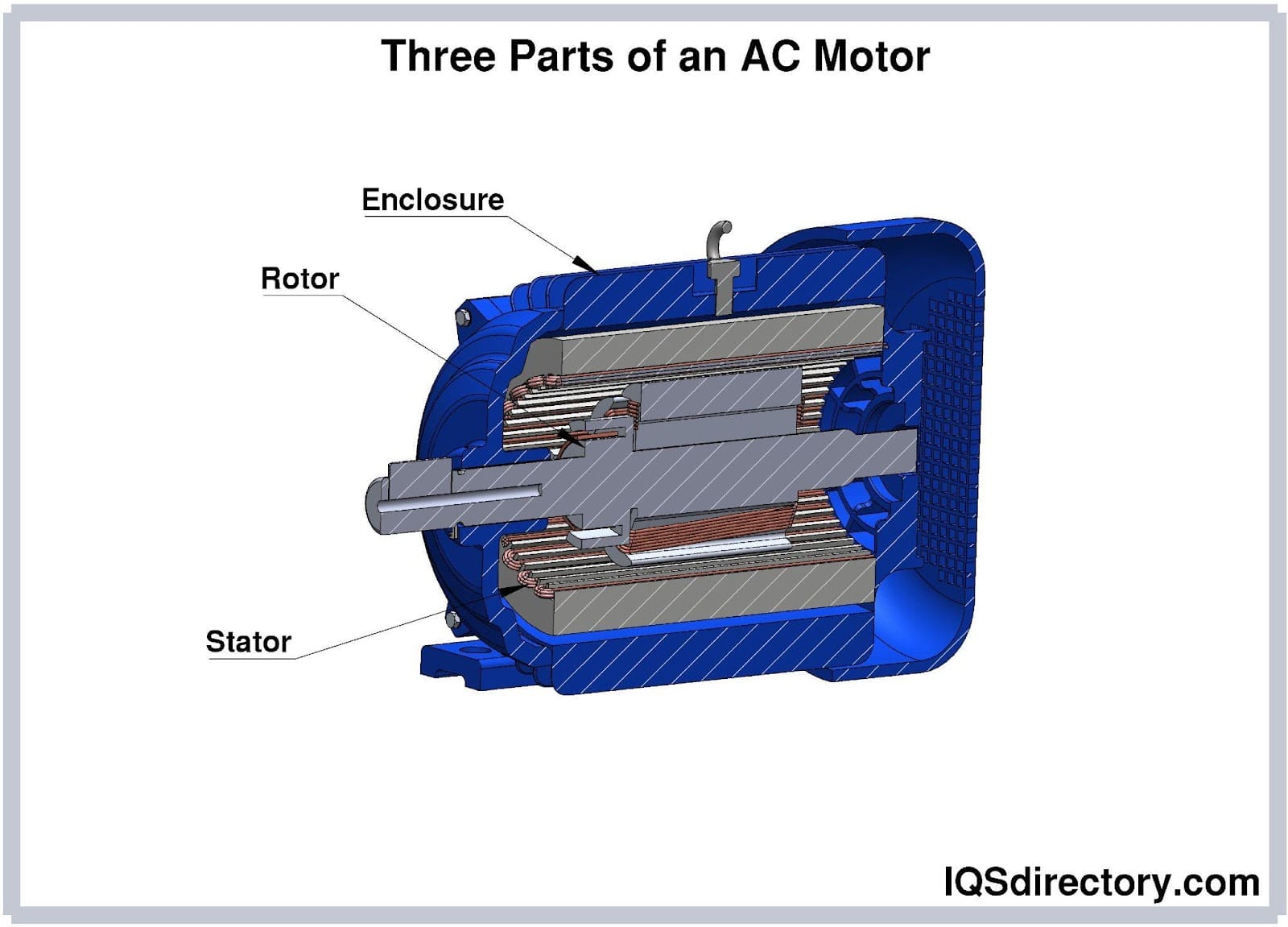
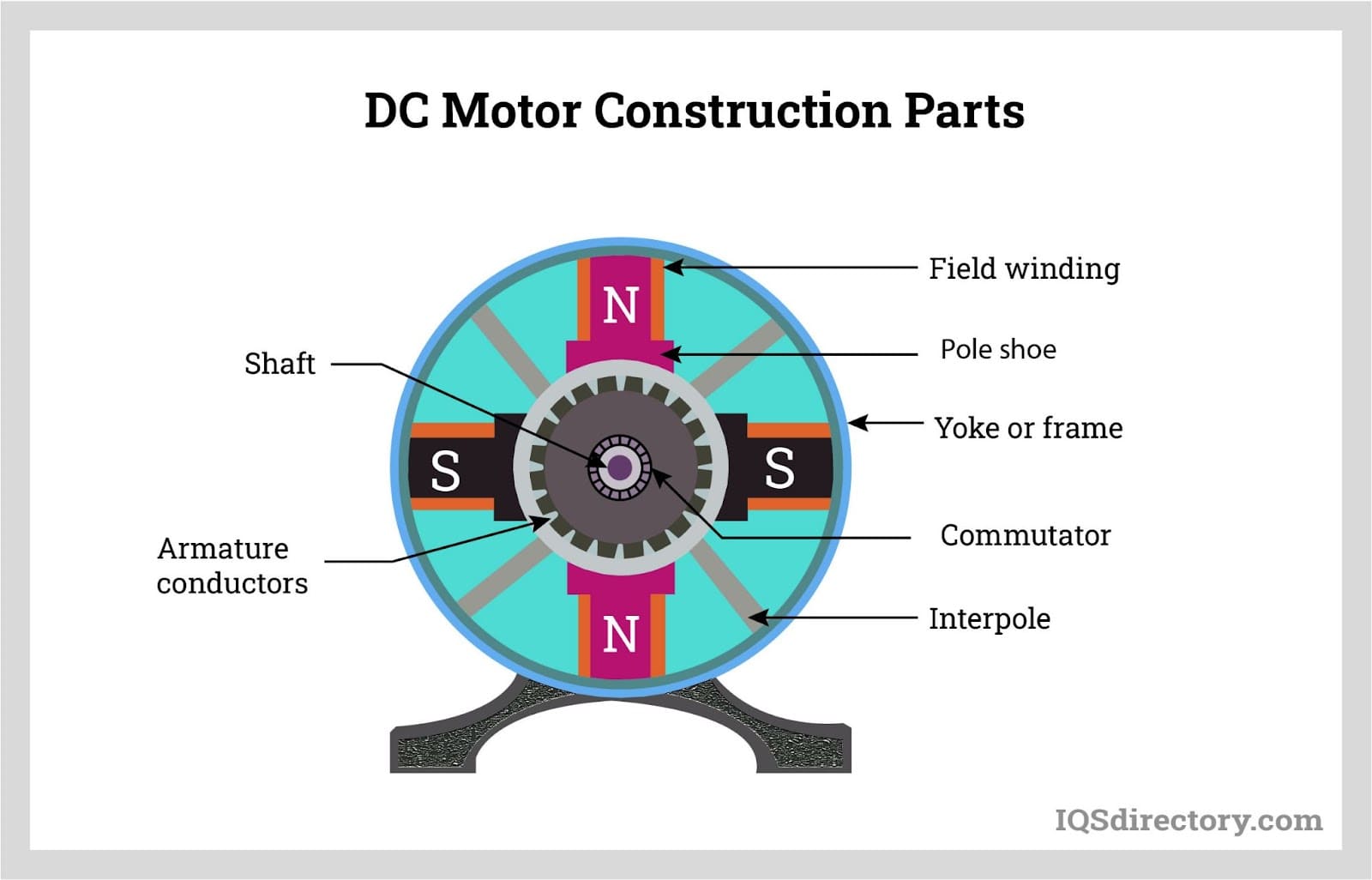

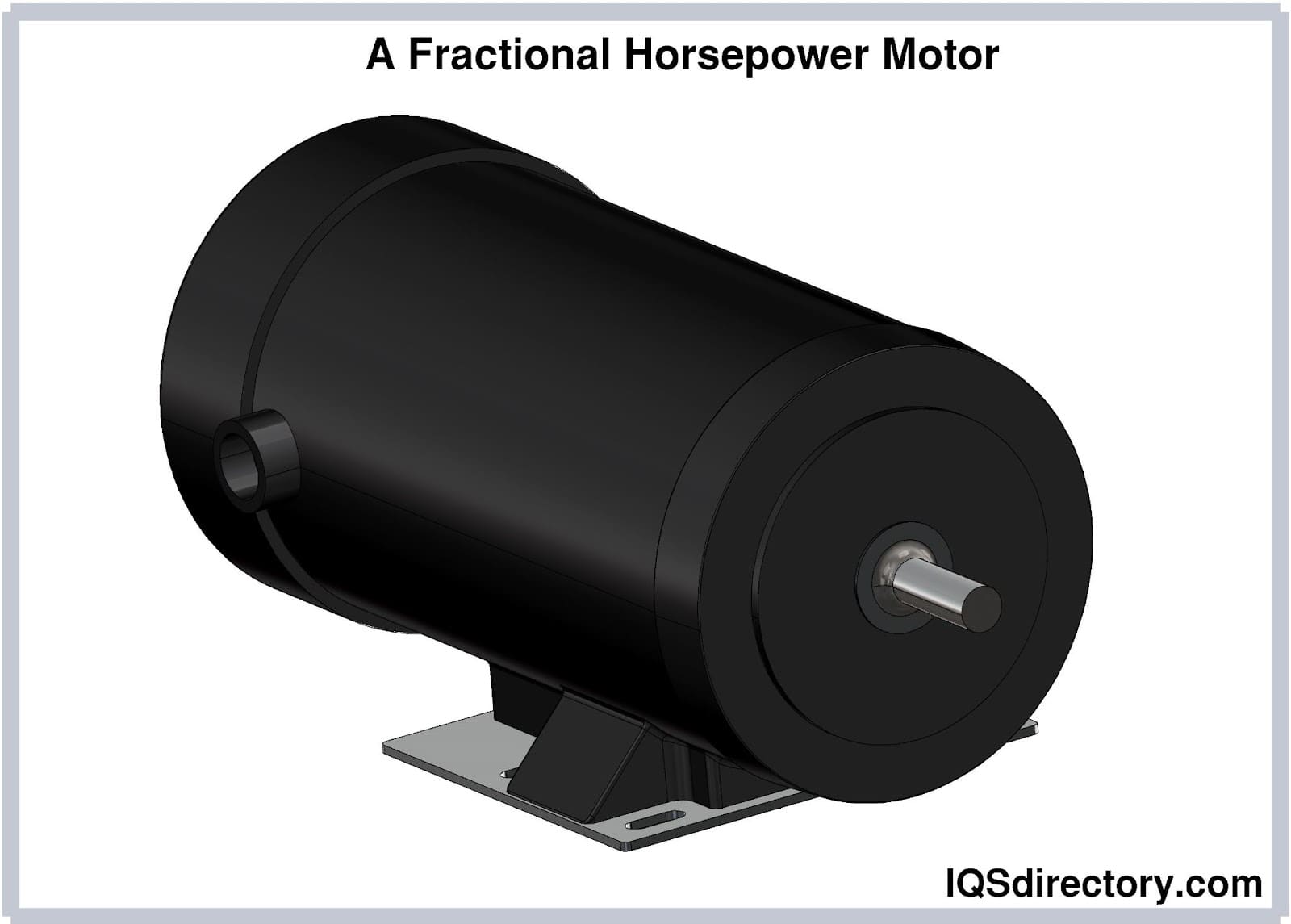
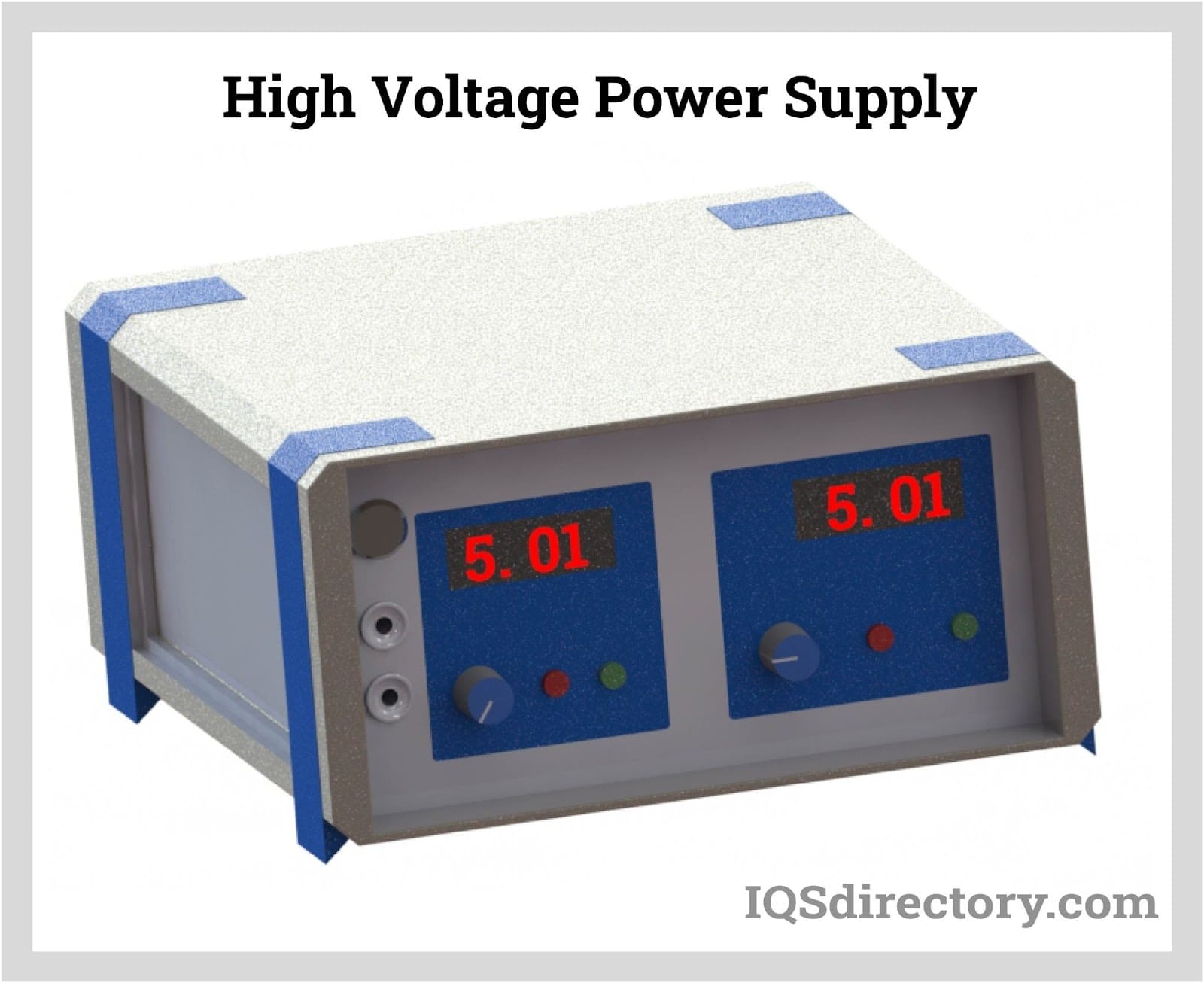
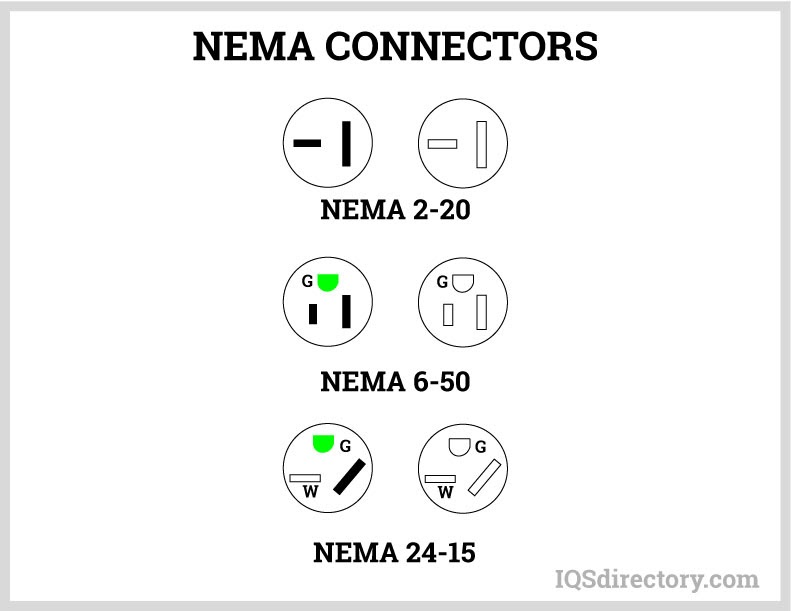
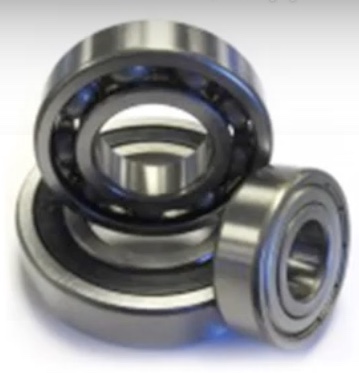 Ball Bearings
Ball Bearings Ball Screws
Ball Screws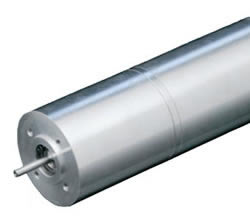 Electric Motors
Electric Motors Friction Materials
Friction Materials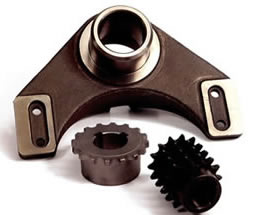 Gears
Gears Quick Release Couplings
Quick Release Couplings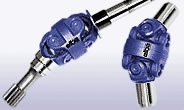 Shaft Couplings
Shaft Couplings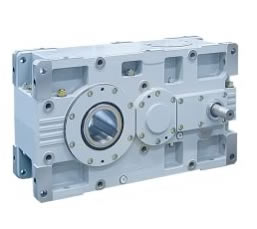 Speed Reducers
Speed Reducers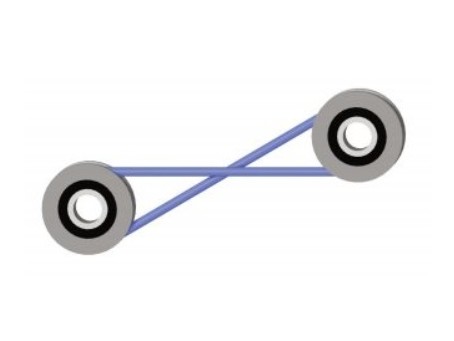 Timing Belting
Timing Belting Castings & Forgings
Castings & Forgings Bulk Material Handling
Bulk Material Handling Electrical & Electronic Components
Electrical & Electronic Components Flow Instrumentation
Flow Instrumentation Hardware
Hardware Material Handling Equipment
Material Handling Equipment Metal Cutting Services
Metal Cutting Services Metal Forming Services
Metal Forming Services Metal Suppliers
Metal Suppliers Motion Control Products
Motion Control Products Plant & Facility Equipment
Plant & Facility Equipment Plant & Facility Supplies
Plant & Facility Supplies Plastic Molding Processes
Plastic Molding Processes Pumps & Valves
Pumps & Valves Recycling Equipment
Recycling Equipment Rubber Products & Services
Rubber Products & Services